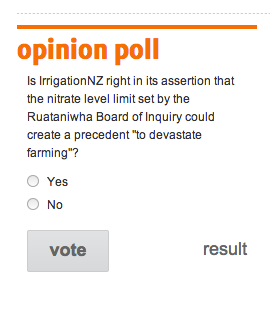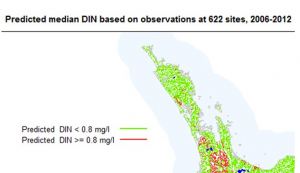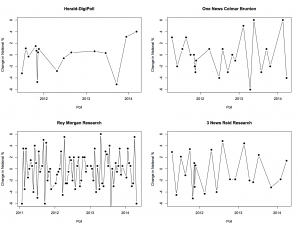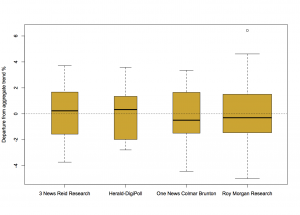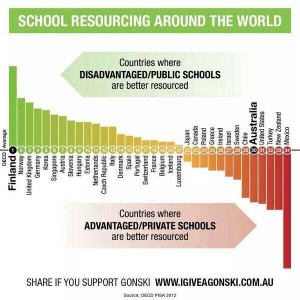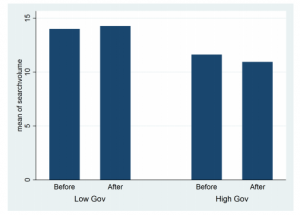Attention conservation notice: if you’re not from NZ or Germany you probably don’t understand the electoral system, and if you’re not from NZ you don’t care.
Assessing the chances of the new Internet Mana party from polls will be even harder than usual. The Internet half of the chimera will get a List seat if the party gets exactly one electorate and enough votes for two seats (about 1.7 1.2%), or if they get two electorates (eg Hone Harawira and Annette Sykes) and enough votes for three seats (about 2.5 2%), or if they get no electorates and at least 5% of the vote. [Update: a correspondent points out that it’s more complicated. The orange man provides a nice calculator. Numbers in the rest of the post are updated]
With a poll of 1000 people, 1.2% is 12 people and 2% is 20 people. Even if there were no other complications, the sampling uncertainty is pretty large: if the true support proportion is 0.02, a 95% prediction interval for the poll result goes from 0.9% to 2.9%, and if the true support proportion is 0.012, the interval goes from 0.6% to 1.8%.
Any single poll is almost entirely useless — for example, if the party polls 1.5% it could have enough votes for one, two, or three total seats, and national polling data won’t tell us anything useful about the relevant electorates. Aggregating polls will help reduce the sampling uncertainty, but there’s not much to aggregate for the Internet Party and it’s not clear how the amalgamation will affect Mana’s vote, so we are limited to polls starting now.
Worse, we don’t have any data on how the polls are biased (compared to the election) for this party. The Internet half will presumably have larger support among people without landline phones, even after age, ethnicity, and location are taken into account. Historically, the cell-phone problem doesn’t seem to have caused a lot of bias in NZ opinion polls (in contrast to the US), but this may well be an extreme case. The party may also have more support from younger and less well off people, who are less likely to vote on average, making it harder to translate poll responses into election predictions.
